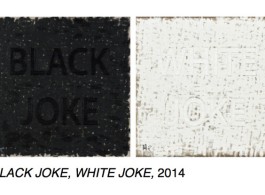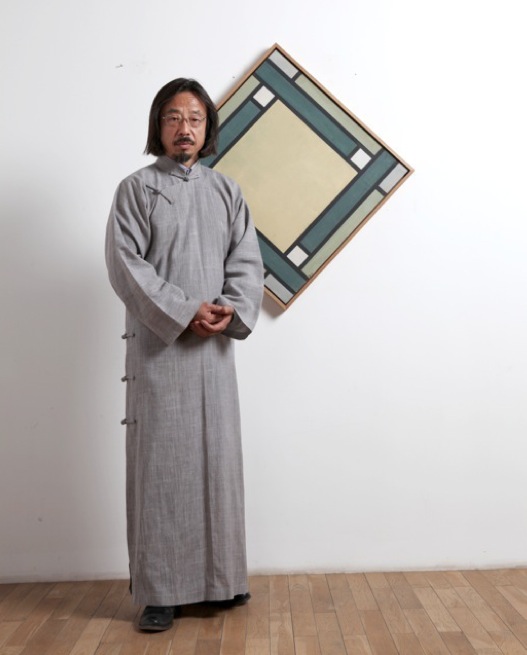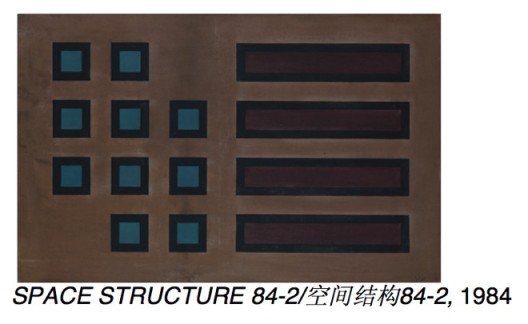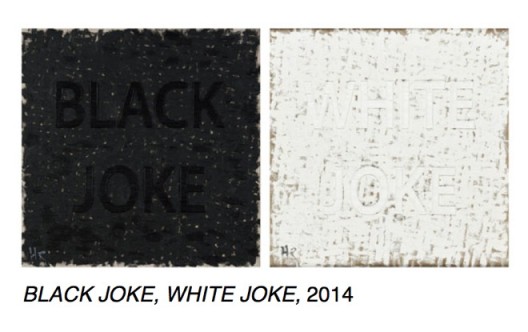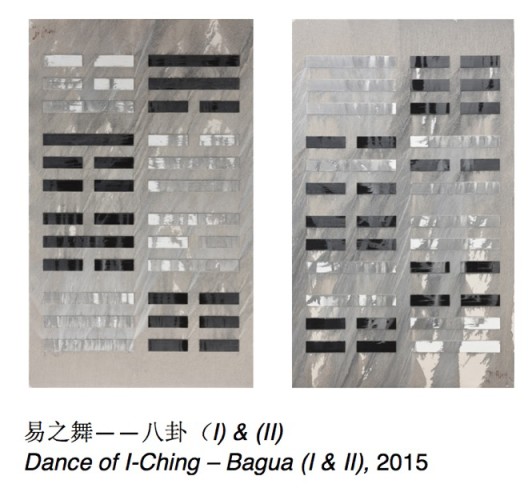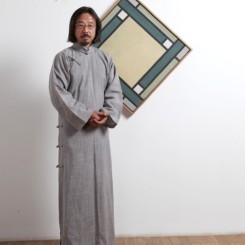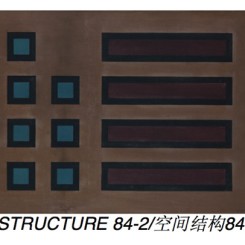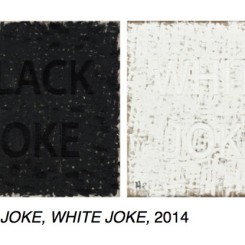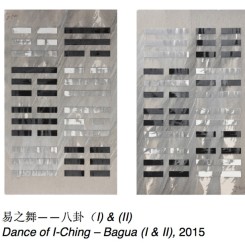Zü̈rcher Gallery, New York is honored to present Huang Rui’s first Solo exhibition in the United States. Huang Rui (Born in Beijing, 1952) is one of China’s most highly regarded artists. He was a founding member of the Chinese avant-garde group the Stars (Xing Xing), which included artists Wang Keping, Ai Weiwei, Ma Desheng, among others and was active from 1979 to 1983. This groundbreaking group of artists was the first active art collective to protest government censorship after the Cultural Revolution.
Huang Rui has been considered a major vocal advocate of the 798 Art Zone in Beijing. He was instrumental in the establishment of the art district in 2002, and in the efforts to protect the area from demolition in 2004 and 2005. In 2006, 798 became the first state recognized and protected art district in China. This success was due in a large part to Huang Rui’s efforts to promote the district through the Dashanzi International Art Festivals (DIAF) and his book Beijing798. Huang Rui most often creates paintings referencing various Western artistic styles. However through the development of his style, he became more experimental and began exploring different mediums including photography, printmaking, installation, and performance art. As a result, his work is not easily classified.
The Solo show at Zürcher Gallery, NY is focused on painting, a practice which marked significantly each step of Huang Rui’s artistic process from the eighties through today. We are happy to announce that Huang Rui is now included in the Guggenheim Museum Collection in New York.
Space Structure Paintings 1984
By late 1983, Huang Rui began painting a series of abstract paintings known as the Space Structures Series, which rendered the city environment in a combinations of Chinese divination (feng shui). He makes use of the book of Changes (Yijing) to create maps of the ancient city of Beijing. In 1982, Huang Rui travelled to Nanjing, Suzhou, Hangzhou where he saw the spatial structures of gardens and waterways and started to consider painting them as abstract forms based on the spatial elements of hexagrams (bagua) used first in Daoist cosmology to represent the underlying principles of physical reality in relation to space. He painted works that rendered the space of the Suzhou gardens, traditional courtyard houses, Forbidden City and Tiananmen Square at its center. These works are a continuation of traditional notions of space in China. They integrate a new form of abstract expression from outside the confines of social realism into China. Huang Rui uses national colors, earthy browns, greens and blues, various shades of red and gray, which relate to the colors in ancient palaces and courtyard buildings across Beijing.
Huang Rui’s Space Structure series created a new framing of reality for contemporary China free from the old expression of socialist realism, which controlled the production of art in Maoist China. These 1984 paintings were never shown, yet they represent an important part and big role in the history of abstraction in China during the 1980’s. Most of the space structures were painted after the summer of 1983 when the 3 members of the Stars group Huang Rui, Ma Desheng, and Wang Keping participated in an exhibit which took place in two classrooms of a school just outside the Forbidden City where there are many ancient hutongs and courtyard houses. The exhibit lasted 4 days.
Abstract art in China was born in the early 80’s with artists such as Huang Rui considering abstract forms as a way to lead the path of abstraction into new forms of self expression and expression of a pure form in China, until his move to Japan in December 1984.
“…Huang Rui (is) one of the important pioneers of new abstract forms in China, which can be seen in his Space Structure series and their deliberation of the space of painting and of urban (re)form in China.” (Tom Berghuis, The Robert H. N. Ho Family Foundation Curator of Chinese Art at the Solomon R. Guggenheim Museum In New York.)
Language Color Paintings 2014 – 2015
Before founding the Stars, Huang Rui was friend a friend of Bei Dao and Mang Ke. They founded Magazine Today. Huang Rui took a different path after depicting realist scenes (Stars period) he got interested in words, text, the ritual, and the concept form of text.
For Huang Rui, text is not an accessory, it does not accompany images. The text is the image, the center of the work, and it’s content and form.
Huang Rui’s return from his first exile in Japan in 1993 marked a turning point in his relationship to color and text. He abandoned large calligraphic paintings in favor of visually presenting political texts. These texts fill the canvases just as color once had. He painted the slogans, extracts from the communist essays in the centers of his canvas. His paintings signed the power of language and the deceptiveness of this power. By focusing on the reading of an enlarged text on a canvas out of scale and context, we realize the absurdity hidden behind it. From 2000 onward, Huang Rui revealed hidden meanings by manipulating the text and inventing puns with political and social implications. These humorous inventions have become a trademark of his. The text often limited to a few Chinese characters or a simple English word is not painted directly on the canvas, but integrated into the texture of the painting, or into other media such as photography or cast iron sculpture. This association between the word and its plastic rendering is meaningful. In his search for the visual and artificial space, Huang Rui was one of the first artists in China to conceptualize and create a Chinese character in 3 dimensional form. He adds a dimension to language thus masking the character’s visual, audial, and spatial qualities.
Huang Rui is obsessed with culture, history, but stands firmly in the present. He is an artistic link between China’s past wisdom and it’s current development.

